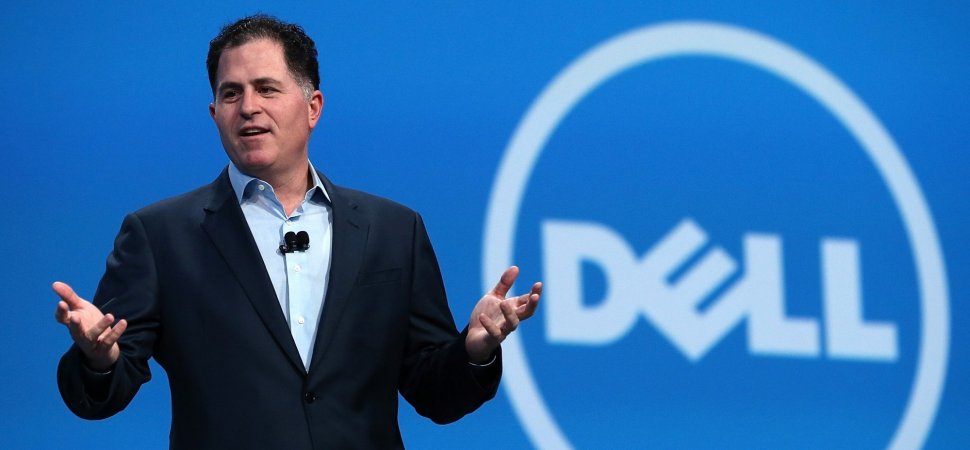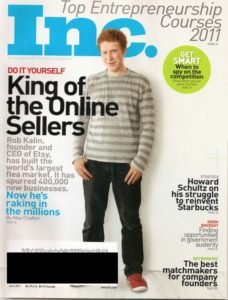Duolingo is the most popular and downloaded language learning app in the world. It has been valued at over $700 million and had revenues of over $40 million in 2018. The company is currently private, but possibly plans to go public in 2020. Duolingo was founded in Pittsburgh by Luis von Ahn, who is the CEO and also a computer science professor at Carnegie Mellon.
Luis von Ahn traces his roots back to Guatemala City, where he grew up. Many people there were hungry to learn English so they could land a job in America and live a better life. Language learning software was extremely expensive at the time. Ahn recognized a need for low cost to basically free education that people who did not have a lot of money could use. This is where the inspiration for Duolingo came from. Duolingo aims to not just make learning a new language a hobby, but an everyday activity for people.
Luis von Ahn has been an entrepreneur all his life. As a young boy he figured out a way to bypass copyright laws on video games, and created his own video game exchange, where he would make copies of games and exchange them with new ones that he wanted. Later at Carnegie Mellon, Ahn developed the popular Captcha and ReCaptcha software, which he later sold to Google for tens of millions of dollars. Ahn’s new wealth allowed him the ability to pursue the creation of Duolingo.
Duolingo today has millions of users all over the world, and some schools and universities have adopted the program into their language departments. Duolingo is a great free program that helps people learn. The founder did not intend for Duolingo to be a money making service, but simply wanted people to have affordable access to education. This is inspiring because it shows that as an entrepreneur you do not need to have a business model that is only about making money in order to be successful.









